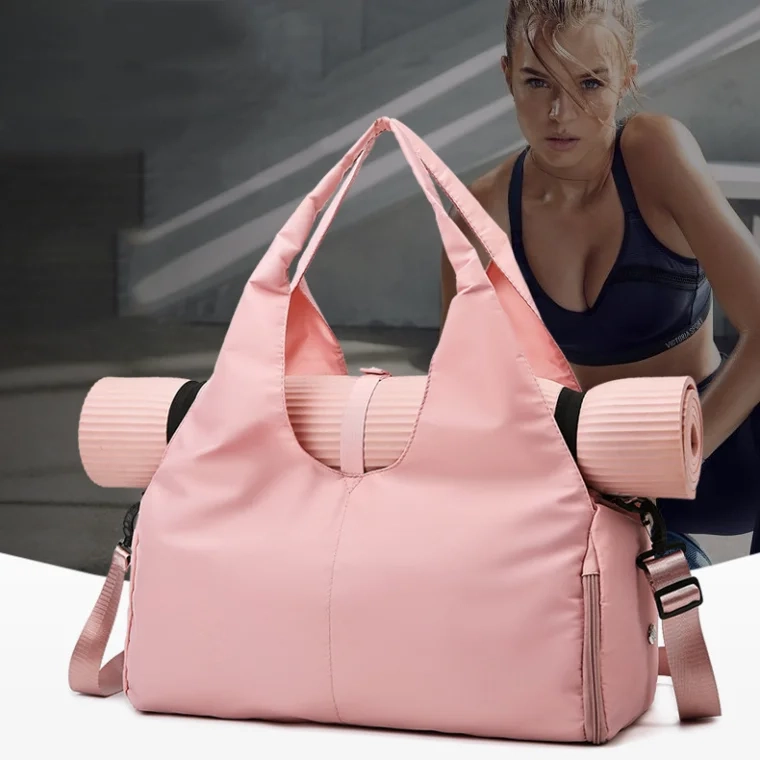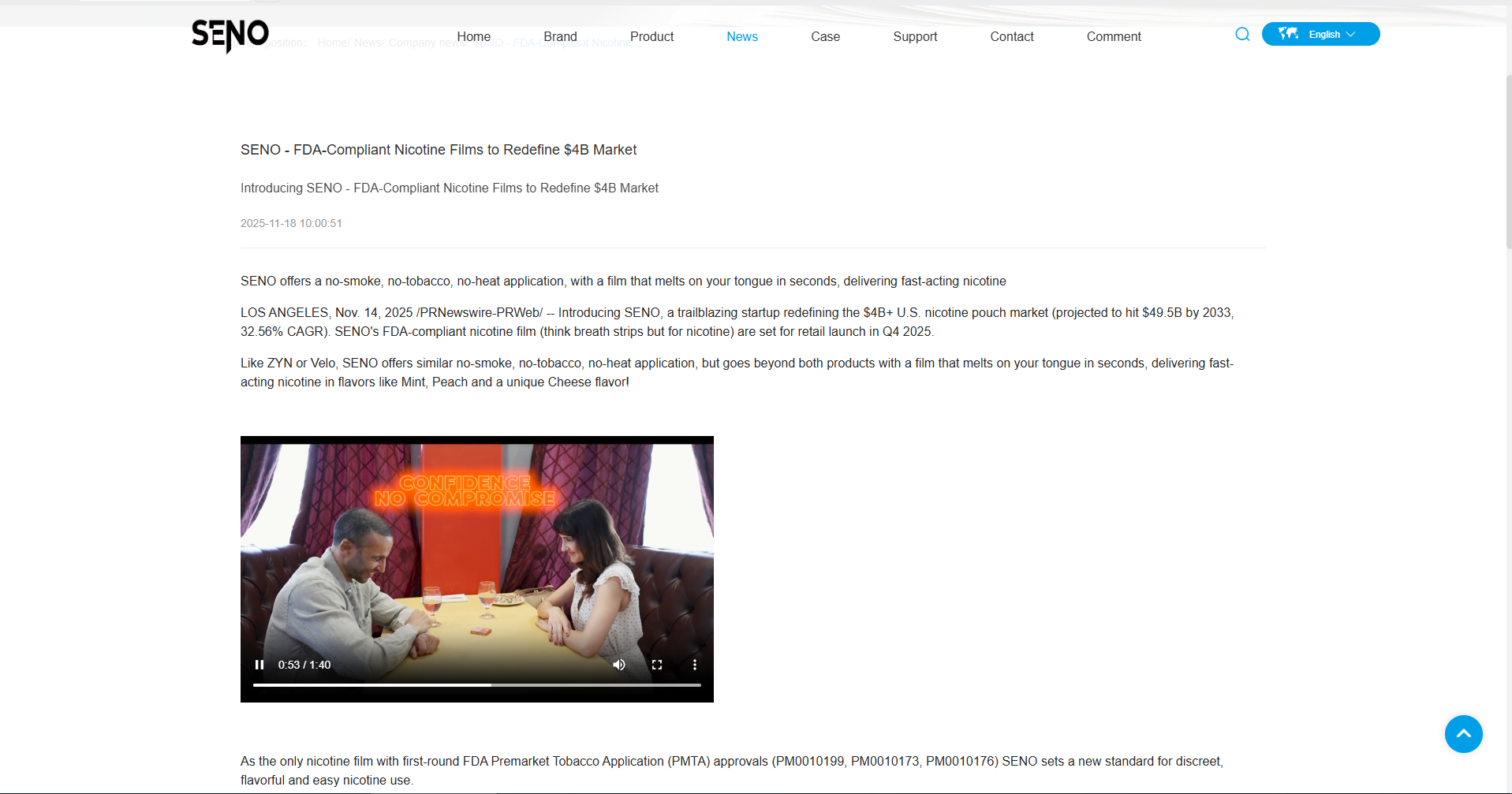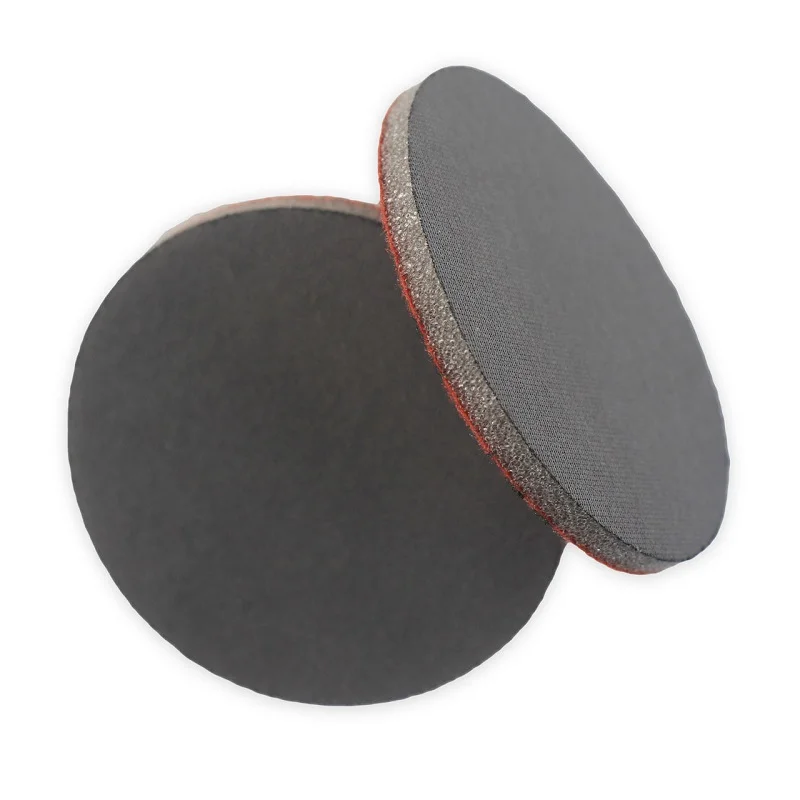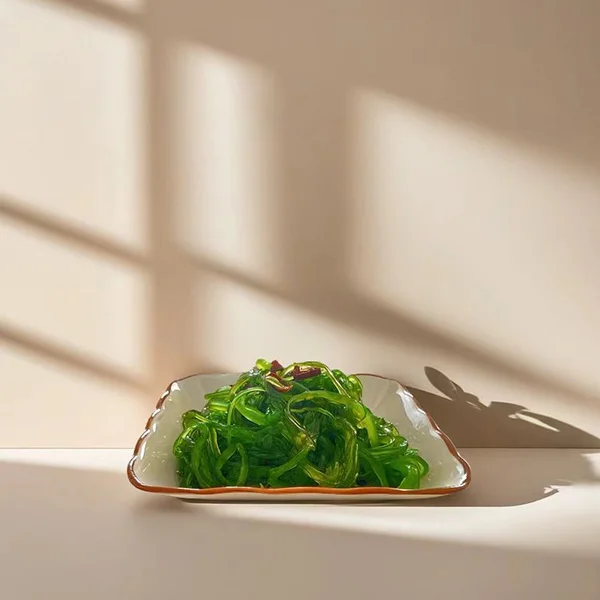In the ever-evolving world of photography, the choice of equipment can significantly influence the quality of the final image. With a plethora of options available, many aspiring and professional photographers often find themselves asking, What camera do most photographers have? This question not only reflects a desire for quality but also an understanding of the tools that can enhance creativity and technical prowess. In this article, we will explore the most popular cameras among photographers, dissect their features, and understand why they are favored in various photography genres.
Understanding the Landscape of Photography Equipment
Before diving into specific camera models, it’s essential to recognize the diverse landscape of photography. Photographers specialize in various fields, including portrait, landscape, wildlife, sports, and commercial photography. Each genre has unique requirements, influencing the choice of camera. For instance, a wildlife photographer may prioritize fast autofocus and high burst rates, while a portrait photographer might focus on lens quality and low-light performance.
The Dominance of DSLRs and Mirrorless Cameras
Historically, Digital Single-Lens Reflex (DSLR) cameras have been the go-to choice for many photographers due to their versatility and robust performance. Brands like Canon and Nikon have long dominated this space, offering a range of models that cater to both amateurs and professionals. However, the rise of mirrorless cameras has shifted the paradigm in recent years.
DSLRs: The Tried and True
- Canon EOS 5D Mark IV: This full-frame DSLR is a favorite among wedding and portrait photographers. Its 30.4 MP sensor delivers stunning image quality, while its Dual Pixel autofocus system ensures sharp focus even in challenging lighting conditions. The robust build and extensive lens ecosystem make it a reliable choice for professionals.
- Nikon D850: Known for its exceptional resolution and dynamic range, the D850 is a powerhouse for landscape and studio photographers. With a 45.7 MP sensor and 153 focus points, it excels in capturing intricate details, making it a preferred choice for those who prioritize image quality.
Mirrorless Cameras: The New Frontier
As technology advances, mirrorless cameras have gained traction due to their compact size and advanced features. They offer faster shooting speeds and superior video capabilities, appealing to a new generation of photographers.
- Sony A7R IV: With a staggering 61 MP sensor, the A7R IV is a favorite among landscape and commercial photographers. Its impressive autofocus system and real-time eye autofocus make it ideal for capturing moving subjects, while its lightweight design enhances portability.
- Fujifilm X-T4: This APS-C mirrorless camera is celebrated for its film simulation modes and exceptional color reproduction. It’s particularly popular among street and documentary photographers who value aesthetics and portability. The X-T4 also boasts in-body stabilization, making it a versatile choice for handheld shooting.
Specialty Cameras: Catering to Niche Markets
While DSLRs and mirrorless cameras dominate the market, specialty cameras also hold significant appeal for specific photography niches.
- Medium Format Cameras: Cameras like the Fujifilm GFX 100S are favored by commercial and fashion photographers for their unparalleled image quality and detail. The larger sensor size allows for stunning depth of field and tonal range, making it ideal for high-end projects.
- Action Cameras: For adventure and sports photographers, action cameras like the GoPro HERO10 Black provide durability and versatility. These compact devices are designed to withstand extreme conditions, making them perfect for capturing high-octane moments.
The Role of Lenses and Accessories
While the camera body is crucial, the choice of lenses and accessories can significantly impact a photographer's work. Many professionals invest in high-quality lenses that complement their camera systems. For instance, a fast prime lens can enhance low-light performance, while a versatile zoom lens offers flexibility in various shooting scenarios.
Additionally, accessories such as tripods, filters, and external flashes can elevate the quality of images and expand creative possibilities. Photographers often curate their gear based on their specific needs, leading to a personalized arsenal that reflects their style and expertise.
Conclusion: Choosing the Right Camera for You
Ultimately, the question of What camera do most photographers have? does not yield a one-size-fits-all answer. The best camera is the one that aligns with your photography style, budget, and specific needs. Whether you opt for a reliable DSLR, an innovative mirrorless system, or a specialty camera, understanding the features and capabilities of each option is crucial.




